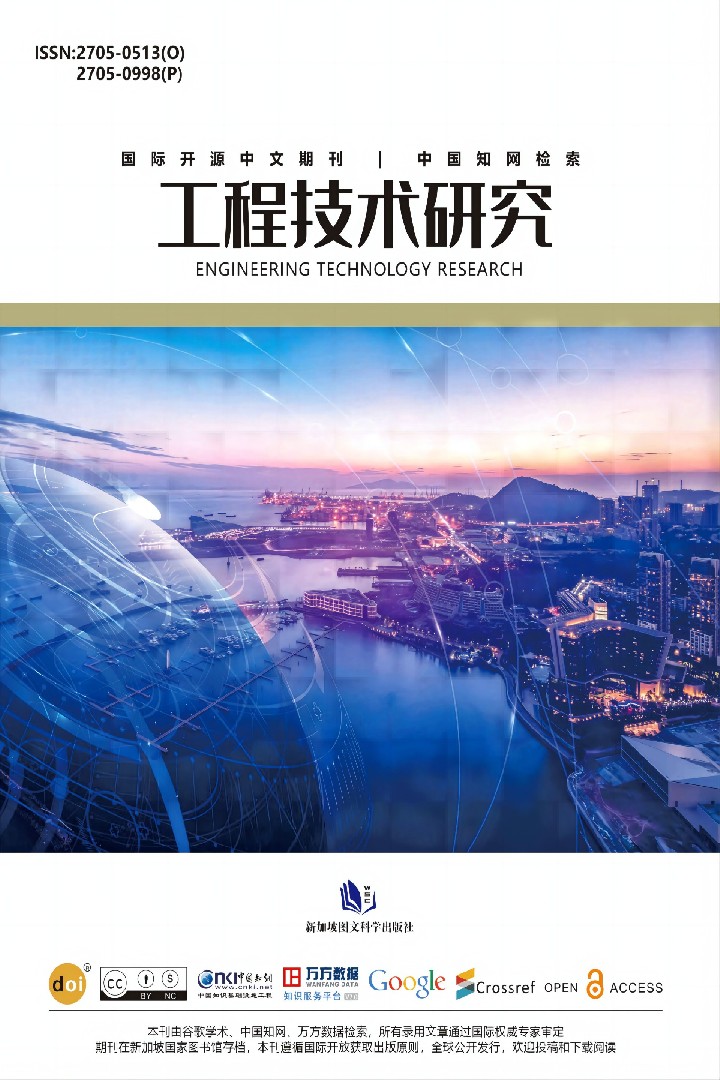作者
杜瓦·哈米西·琴古拉,约瑟夫·基兰戈·姆克尼
文章摘要
在坦桑尼亚姆贝亚地区开展了提高煤渣掺混材料工程性能的研究.低流量道路(LVR)占整个道路网络的75%,为坦桑尼亚约80%的人口提供服务。姆贝亚地区丰富的物质是火山渣/火山泥、浮石和火山土壤,它们起源于火山活动。收集了四种来源材料的样品,即伊图哈煤渣,伊图哈火山灰,姆利曼尼奥卡粘土和姆巴利齐砾石进行实验室测试。对源材料进行了表征,并计算了LVR表层材料选择要求的分级系数(GC)和收缩产物(SP)。所有四种源材料的GC和SP的结果分别超出了16至34个单位和100至365个单位的范围。四种源材料在95%MDD(最大干密度)下的加利福尼亚轴承比(CBR)为伊图哈煤渣的17.6%,伊图哈火山灰的25%,姆利曼尼奥卡粘土的3.2%和姆巴利齐砾石的5.1%。所有四种源材料的GC,SP和CBR结果表明,这些材料不适合构建LVR的表层。将四种源材料混合在一起,以获得针对GC和SP范围的六种混合样品材料。6个混合样品在95%MDD下的CBR值结果为:10MNCl40ITPo50ITCi0MBGr为28%,11MNCl40ITPo39ITCi10MBGr为43%,12MNCl35ITPo40ITCi13MBGr为56%,13MNCl32ITPo35ITCi20MBG为44%,14MNCl42ITPo44ITCi0MBGr为39%,15MNCl25ITPo35ITCi25MBGr为53%。六个混合样品的CBR值的改善是由于混合物的互锁和摩擦性能增强以及添加粘土作为粗粒颗粒的粘合剂。开发合适的包络层对于LVR的表面层材料非常重要,因为材料颗粒的级配特性增强了互锁和摩擦阻力。为了便于材料的混合过程,已经开发了一个方程,可用于使用GC和SP参数混合材料。
文章关键词
LVR;灰烬;火山灰;碎石;CBR
参考文献
[1] The United Republic of Tanzania, Ministry of Works, Transport and Communication. Low Volume Roads Manual. November 2016. ISBN: 978-9976-9974-0-8. [2] Newill, D., and K. Aklilu. The location and engineering properties of volcanic cinder gravels in Ethiopia. In 7th Regional Conference
for Africa on Soil Mechanics and Foundation Engineering, Accra, Ghana, 1980. pp. 1-7.[3] Gareth, G. J., Otto, A., Greening, P. A. K., TRL Ltd. Investigation of the Use of Cinder Gravels in Pavement Layers for Low - Volume Roads, Final Project Report, ETH2058A, March 2018. [4] Subash G. C, S. R., Suresh K. B, Mipe Sora, Gowtham B. Evaluation of Properties of Cinder As a Replacement for Aggregate in the Construction of Base and Subbase Layers of Pavement. International Journal of Innovative Research in Science, Engineering and
Technology, Vol. Vol. 6, No. Issue 6, June 2017. [5] The Ethiopian Roads Authority. Guideline for the Use of Cinder Gravels in Pavement Layers for Low Volume Roads, Final Draft, February 2018. Ras Abebe Aregay Avenue, Addis Ababa. [6] Berhanu, G. Stabilizing cinder gravels for heavily trafficked base course. Zede Journal, Vol. 26, 2009, pp. 23-29. [7] Wilfred Ngirwa, L. C. Komba and Bakari A. Mahina. United Republic of Tanzania, Agricultural Sector Development Strategy, 2001. [8] Fontijn, K., Williamson, D., Mbede, E. and Ernst, G. G. J., The Rungwe Volcanic Province, Tanzania – A Volcanological Review, Journal of African Earth Sciences, Elsevier, Issues 65, Pp 12-31, 2012. [9] The United Republic of Tanzania, Ministry of Works. Laboratory Testing Manual, Central Material Laboratory, June 2000, ISBN
9987-8891-3-1. [10] Federal Highway Administration. Gravel Roads Construction and Maintenance Guide. U.S. Department of Transportation, 2015. [11] Duwa Hamisi Chengula. “Improving Cementitious Properties of Blended Pozzolan Based Materials for Construction of Low Cost
Buildings in Mbeya Region, Tanzania”. PhD thesis submitted to Kassel University. Issue 29 of Schriftenreihe Baustoffe und Massivbau, published by Kassel University Press GmbH, Feb 28 2018. ISBN 20183737604436, 9783737604437. [12] Duwa Hamisi Chengula. Study on the Effects of Pavement Condition on Level of Service of the Road Segments. Mbeya University of
Science and Technology, College of Engineering and Technology, Department of Civil. International Journal of Sciences: Basic and
Applied Research (IJSBAR) (2020) Volume 54, No 1, pp 118-137. [13] Msafiri Y. Mkonda and Xinhua He. Yields of the Major Food Crops: Implications to Food Security and Policy in Tanzania’s Semi-Arid
Agro-Ecological Zone, Sustainability, August 2017. [14] M. Seyfe and A. Geremew. Potential Use of Cinder Gravel as an Alternative Base Course Material through Blending with Crushed
Stone Aggregate and Cement Treatment. Faculty of Civil and Environmental Engineering, Jimma University, Institute of Technology, Ethiopia. Journal of Civil Engineering, Science and Technology Volume 10, Issue 2, September 2019. Doi: 10.33736/jcest.1465.2019. [15] Federal Democratic Republic of Ethiopia, Ethiopian Roads Authority, Design Manual for Low Volume Roads Part D: Explanatory
Notes for Roads, Final Draft April 2011. [16] Vasantsingh Pardeshi, Sanjay Nimbalkar and Hadi Khabbaz. Field Assessment of Gravel Loss on Unsealed Roads in Australia. School of Civil and Environmental Engineering, University of Technology Sydney, Ultimo, NSW, Australia. Frontiers in Built Environment, February 2020, Volume 6, Article 3, www.frontiersin.org.
Full Text:
DOI
